Who Is The King of Choice for SUVs with a Budget of 200,000 RMB?
By Xiaoqinshao
Recently, fans of the Electric Vehicle Lab have sparked a heated debate topic, “With a budget of 200,000 RMB, who is the king of choice for SUVs? What car should you buy?”
In the past, I would have recommended a series of traditional gas-powered car products, such as the Honda CR-V. But times have changed. With the ever-increasing gas prices and the seemingly unattainable “blue plates,” coupled with the ever-growing list of new energy and three-electric technologies, it seems that the advantages of pure electric vehicles are becoming more and more attractive. After all, who doesn’t want to save thousands of RMB every year?
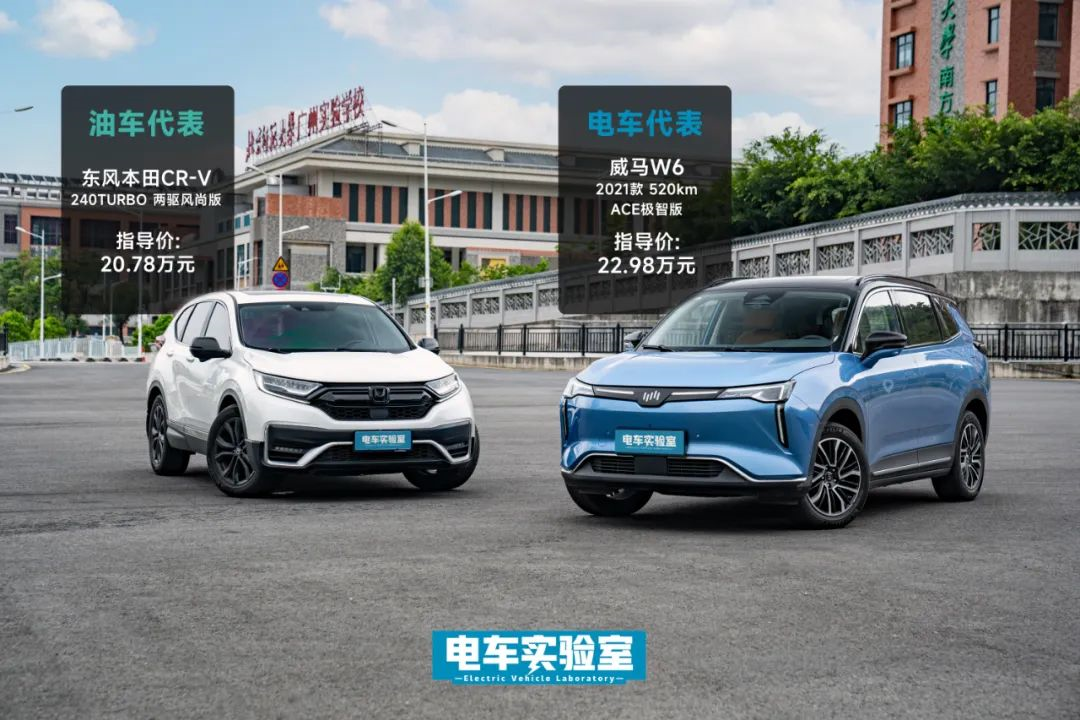
At this point, some users may raise the question, “Can you see the resale value of an electric car?”
Don’t worry, let me do the math for you. For gas-powered cars, let’s take the Dongfeng Honda CR-V 240TURBO two-wheel drive fashion edition with a guideline price of 207,800 RMB as the representative. For electric cars, we selected the 2021 WmAuto W6 520km ACE intelligent version with a price of 229,800 RMB, which is positioned at a level comparable to the CR-V.

First of all, let’s talk about the purchase price. Although the guide price of the WmAuto W6 is 22,000 RMB more expensive than the CR-V, gas-powered cars need to pay a 10% purchase tax, which makes the overall cost of the two vehicles vary. The WmAuto W6 and the CR-V have very similar overall costs.
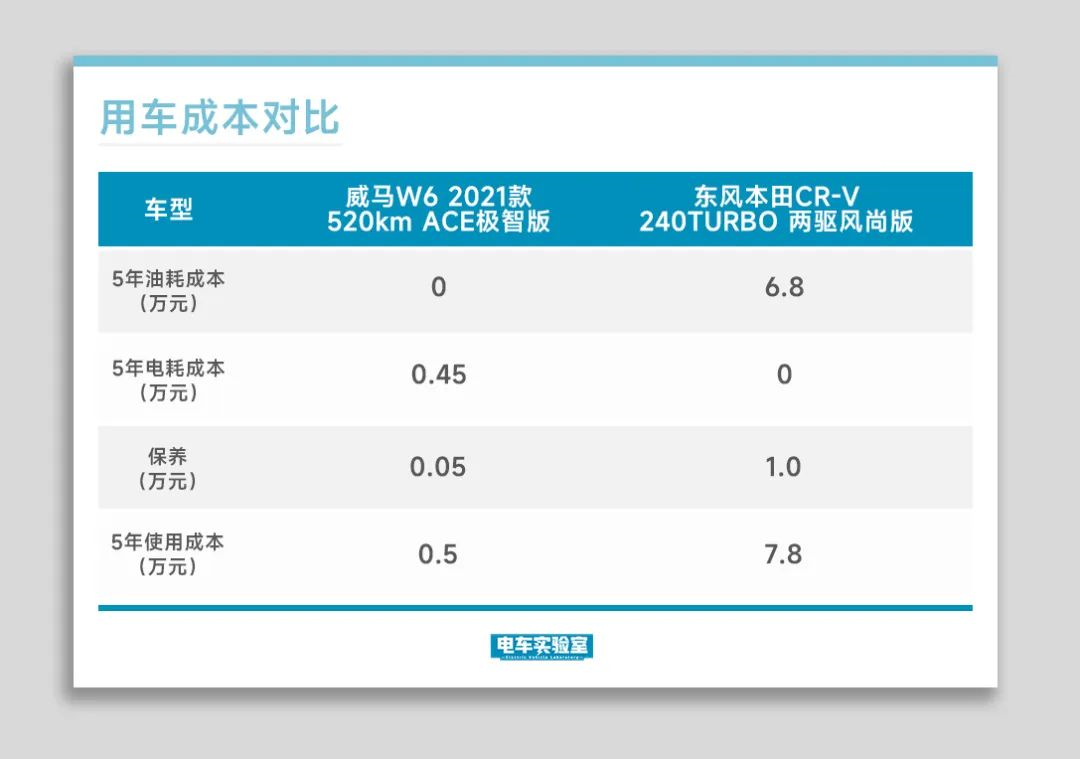
In terms of operating costs, based on the standards of driving 100,000 kilometers (mileage) in the city for 5 years, at 8 RMB/liter (gas price) and 0.3 RMB/kWh (electricity price), the average fuel consumption of Honda CR-V is about 8.5 liters/100 kilometers. With a maintenance cost of 500 RMB every 5,000 kilometers (about 500 RMB each time), the total operating cost for a 5-year Honda CR-V would be about 78,000 RMB.
The WmAuto W6 has an average electricity consumption of 15 kW⋅h/100 kilometers and a basic maintenance cost of 500 RMB every 5 years. The total operating cost for a 5-year WmAuto W6 is only about 5,000 RMB. In daily city driving environments, the 5-year cost of using the WmAuto W6 is 73,000 RMB cheaper than the Honda CR-V.
In addition, for the battery anxiety that most users are concerned about, WM W6 provides a lifetime warranty service for the first owners, regardless of the years or mileage. This is undoubtedly a reassuring pill for consumers who have anxiety about using pure electric vehicles.
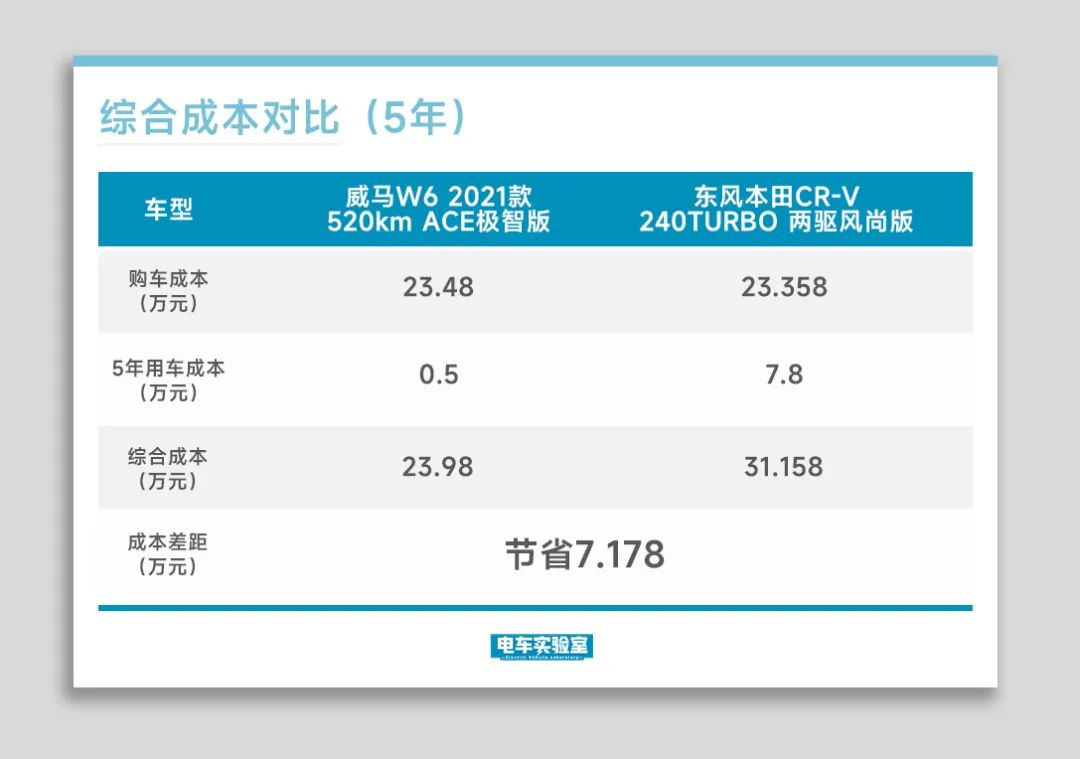
From buying to using a car, WM W6 has saved 71,780 yuan compared to Honda CR-V over 5 years. Even if CR-V has a better resale value, it cannot match this tens of thousands of yuan in savings! Therefore, most consumers criticizing the residual value of electric cars did not consider the cost savings during the use of the car. After careful calculation, it is clear who is superior and who is inferior.
The intelligent configuration is equally important
As representatives of 200,000-yuan-level electric and oil cars, WM W6 and Honda CR-V not only need to meet the basic requirements of being easy to use and cost-effective, but also to adapt to the new era of intelligent configuration. How do they perform?

First of all, WM W6’s intelligent cockpit is equipped with a three-screen interconnected system consisting of a 12.3-inch floating intelligent screen, a 12.3-inch interactive full LCD digital instrument panel, and an i-Touch car control screen embedded with a Qualcomm 8155 7nm-level chip. Compared with the previous Qualcomm 820A, its computing power has increased by 8.5 times, and its image processing capability has increased by 20 times.
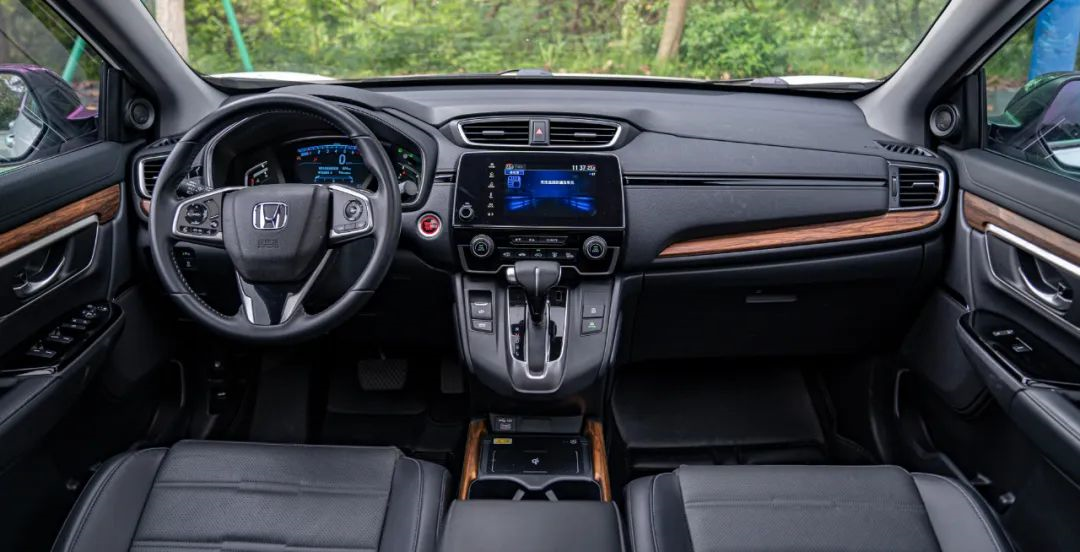
In contrast, Honda CR-V is slightly “shabby”. A 7-inch display with a border that can accommodate an “aircraft carrier” bears the heavy responsibility of the entire vehicle’s interaction, as long as the hardware runs smoothly.
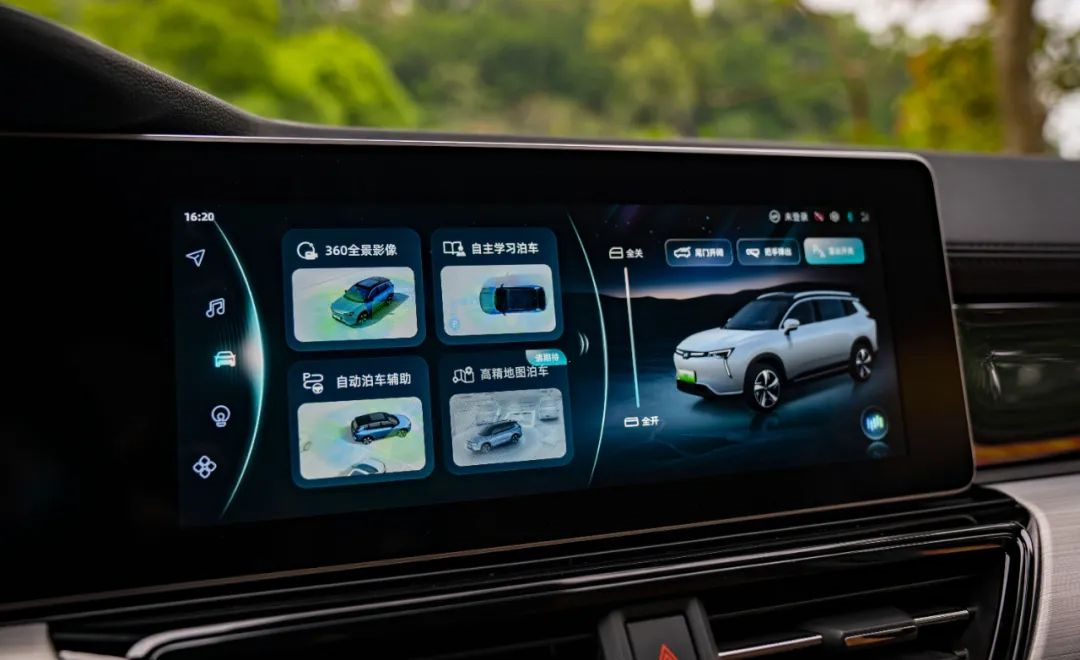 In terms of functionality, if the Weima W6 intelligent cockpit is an iPhone 13, then Honda CR-V may only be at the level of iPhone 5. This is not an exaggeration. In actual experience, the Weima W6, benefiting from strong hardware support, has demonstrated its powerful strength with the intelligent system it carries. Among them, the WIMI voice assistant not only covers multiple functions such as vehicle control and entertainment, but also supports continuous natural language dialogue with dual-zone audio sources, natural awakening and other multiple interactions. What’s even more surprising is that it can execute three consecutive instructions with just one sentence, for example, entering instructions to open windows, play music, and turn on the air conditioner simultaneously.
In terms of functionality, if the Weima W6 intelligent cockpit is an iPhone 13, then Honda CR-V may only be at the level of iPhone 5. This is not an exaggeration. In actual experience, the Weima W6, benefiting from strong hardware support, has demonstrated its powerful strength with the intelligent system it carries. Among them, the WIMI voice assistant not only covers multiple functions such as vehicle control and entertainment, but also supports continuous natural language dialogue with dual-zone audio sources, natural awakening and other multiple interactions. What’s even more surprising is that it can execute three consecutive instructions with just one sentence, for example, entering instructions to open windows, play music, and turn on the air conditioner simultaneously.
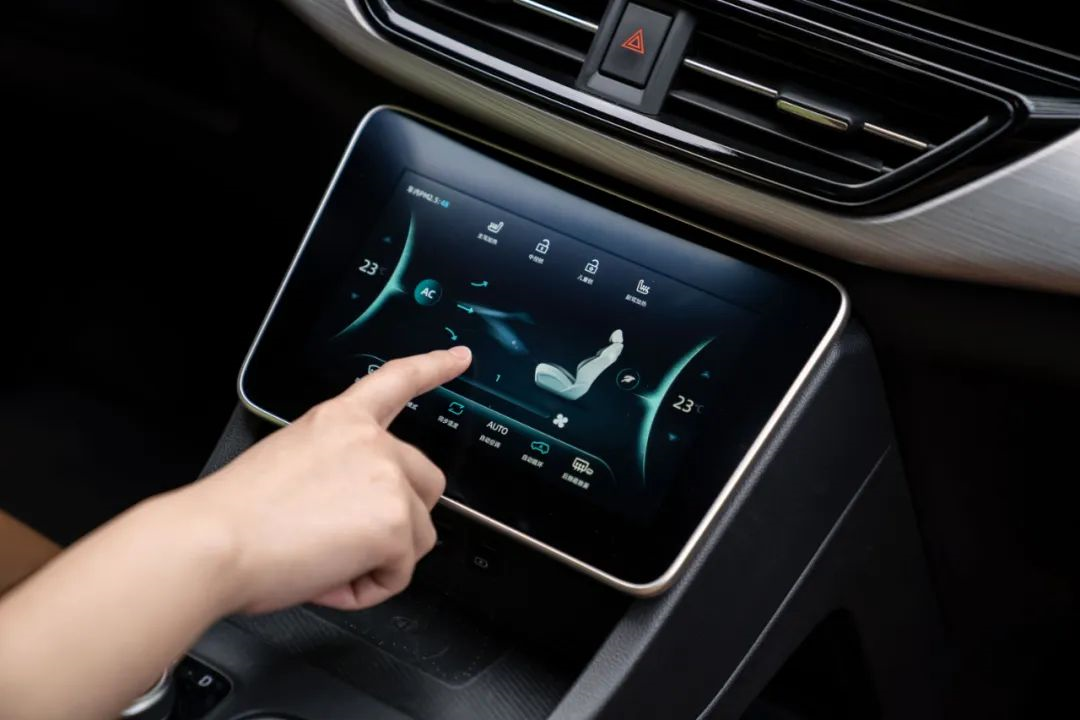
Moreover, SOA custom scene programming has changed traditional driving habits. Its specific functions are like “Shortcuts” on iPhone, allowing users to customize various scene cards according to individual preferences, with extremely high practicality.
In terms of resource data, the Weima W6 has also joined the Huawei entertainment ecosystem, providing not only massive multimedia resources, but also synchronizing information such as home data, wearable data, and mobile pending tasks to achieve seamless connection in daily life.
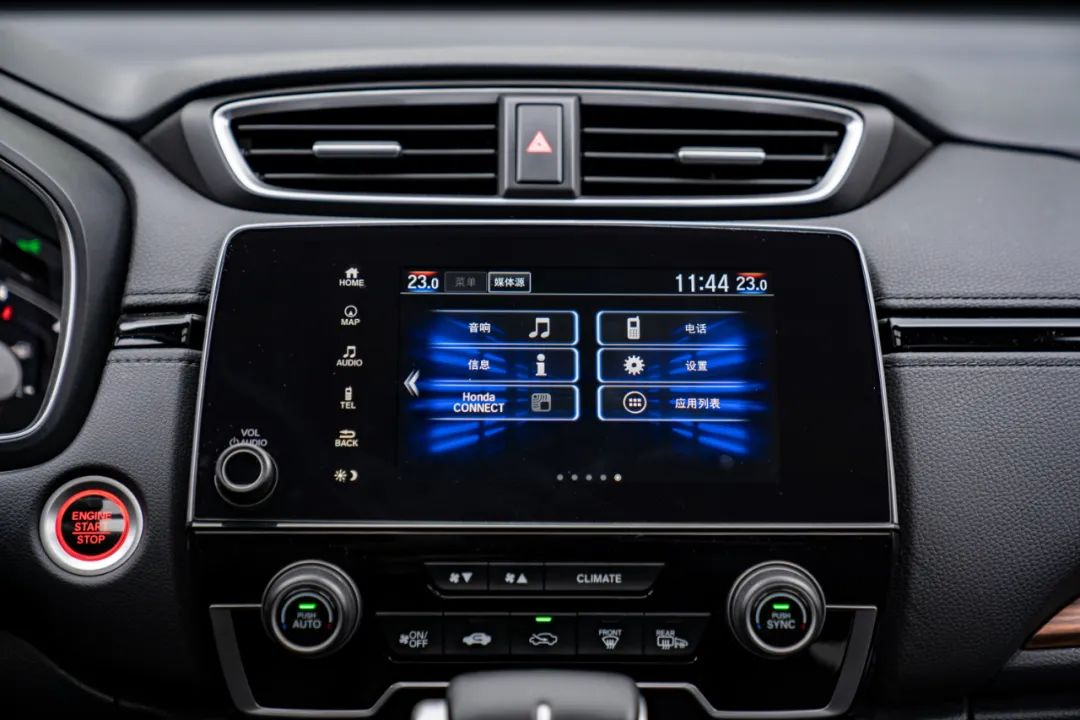
On the other hand, the Honda CR-V still follows the “stereotype” of traditional car companies. Although it is also based on an Android-built vehicle system, the built-in functions, except for Carplay, Bluetooth, and radio, hardly have any interactive functions. Even navigation is not adapted, and its degree of intelligence is hard to describe in words.
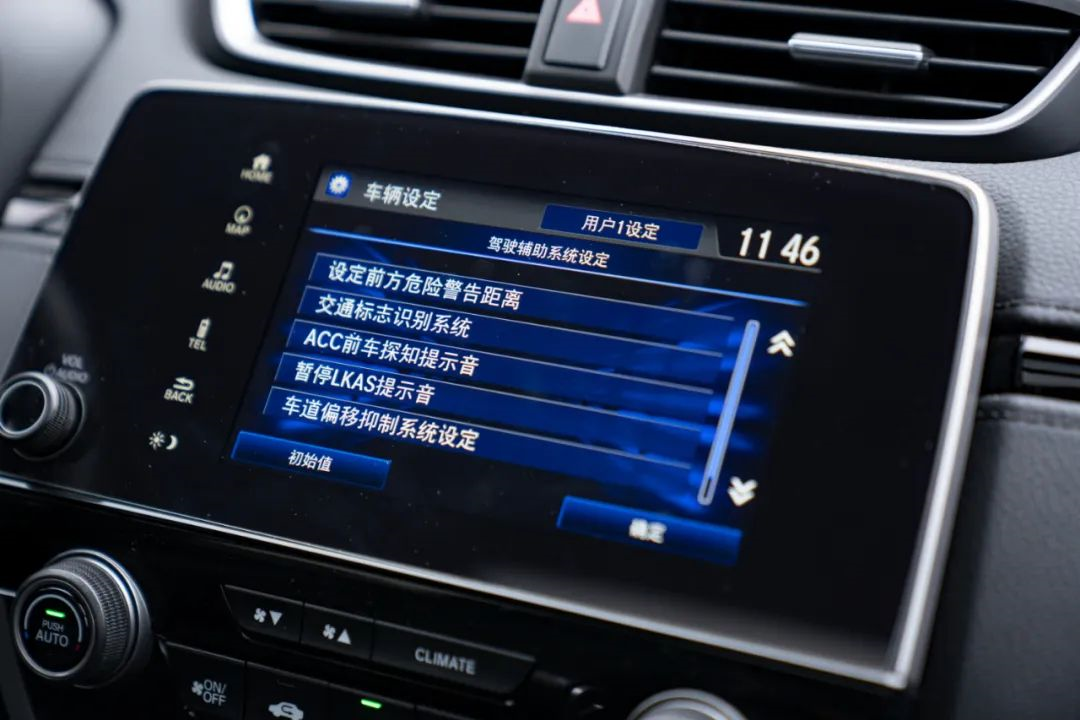
However, in terms of driving assistance systems, the Honda CR-V has caught up with the market mainstream. Except for the lowest-equipped models, all are equipped with the Honda SENSING Safety Super Sensing System, which can achieve ACC adaptive cruise control, lane keeping and other L2-level assistive driving functions.
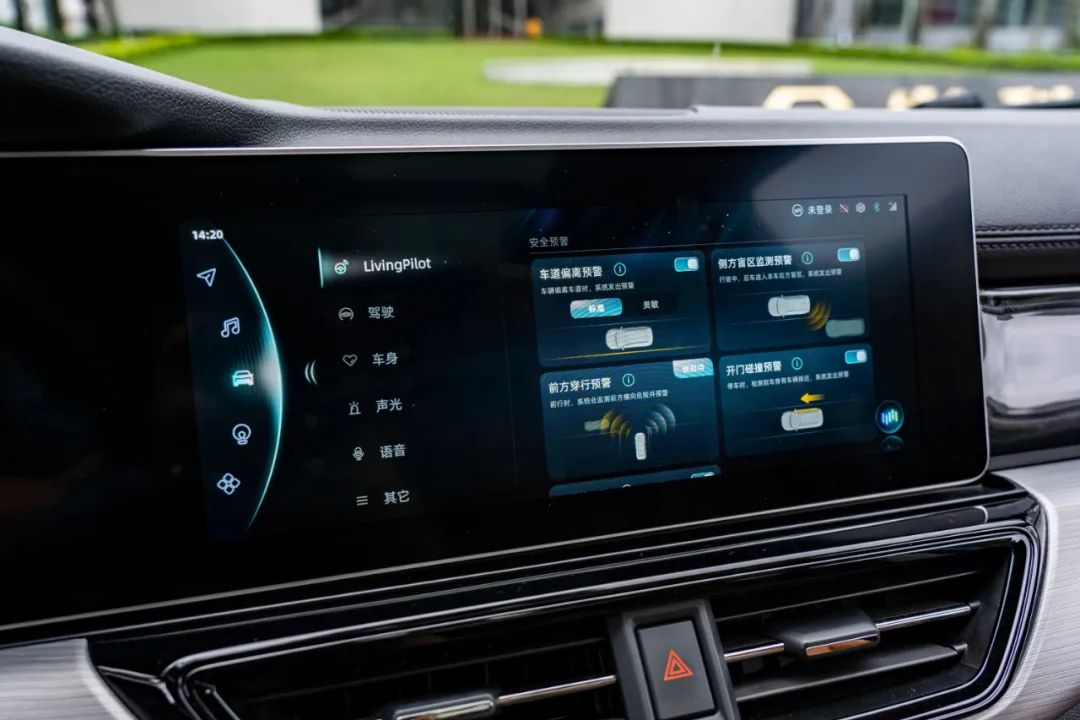
However, the Weima W6 has gone one step further on the basis of L2-level automatic auxiliary driving function, adding the Living Pilot intelligent driving assistant system, providing 25 driving assistance configurations including automatic navigation and active braking.
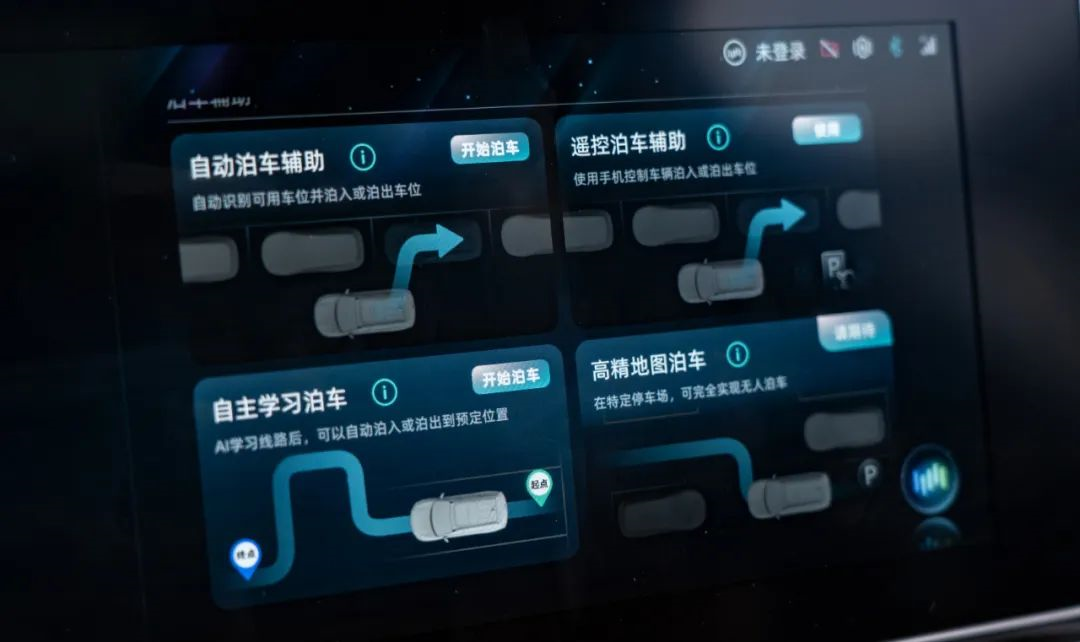 With the combination of six high-definition cameras, five millimeter-wave radars, and twelve ultrasonic radars equipped on the WM Motor W6, along with the cloud-based computing power of the Baidu Apollo platform, the vehicle is able to achieve autonomous driving, obstacle avoidance, parking space search, and automatic parking (park-in/park-out) in certain scenarios.
With the combination of six high-definition cameras, five millimeter-wave radars, and twelve ultrasonic radars equipped on the WM Motor W6, along with the cloud-based computing power of the Baidu Apollo platform, the vehicle is able to achieve autonomous driving, obstacle avoidance, parking space search, and automatic parking (park-in/park-out) in certain scenarios.
In actual use, the AVP self-parking system of the WM Motor W6 can be divided into two modes: HAVP (autonomous learning parking) and PAVP (high-precision map parking). Among them, HAVP (already available) is mainly for users with fixed parking spaces. Users only need to lead the WM Motor W6 to learn the parking route in advance, and then the entire process can be completed by simply pressing the one-key parking button on the phone, allowing the WM Motor W6 to automatically park in the parking space, providing an extremely high-tech user experience.
In addition, the WM Motor W6 will also provide a more intelligent PAVP mode in the future. Through high-precision maps and cloud-based computing power, it can automatically plan complex parking route scenarios like vertical parking garages, realizing autonomous driving capabilities in high-frequency parking scenarios. It is worth mentioning that the PAVP function will be pushed to users through OTA upgrades, so that users can experience more intelligent and independent parking fun.
The Geometry of Conventional Projects
In addition to the added value of technology, how does the performance of the WM Motor W6 compare with that of the Honda CR-V in conventional projects?
When the WM Motor W6 and the CR-V are placed side by side, they appear to have some similarities, both creating a sense of SUV power through their streamlined body lines and full curves. However, WM Motor W6 simplifies the vehicle’s elements further to create a more minimalist style that is in line with the current trend among younger consumer groups.
However, when it comes to headlight design, the two show a gap between “time periods.” The integrated LED lighting on the WM Motor W6 is full of technology, and the interactive breathing logo light can present vehicle status such as unlocking and charging progress through different flashing effects.The side parts of the two cars present completely different design styles. Honda CR-V’s classic waistline and chrome match give a stable posture, while WEY W6’s large rounds and curves body shape match with the suspended roof and hidden door handles to show the dynamic proportion of sports SUV.
For the design of the tail, WEY W6’s unique three-part taillights group enhances the overall sense of the vehicle, while Honda CR-V’s classic three-dimensional taillights have full recognition.
As for the interior, the two cars have completely different design concepts. WEY W6 creates a more lifelike atmosphere through the mix and match of multiple colors and materials. The i-Touch vehicle control screen and electronic shift knob under the center console further interpret the creation of a sense of technology. Meanwhile, Honda CR-V’s large black texture and imitation wood decorative panel gives a “moderate” taste. Although the traditional mechanical knob and shift lever have a simple design, they are easy to use.
At the same time, compared to Honda CR-V’s only “premium” configuration – electric seats, WEY W6 has made comprehensive upgrades in both texture and touch, and the addition of configurations such as Face ID facial recognition, Clean Pro health headrest cabin, 360 panoramic imaging, WM theater-style surround sound, and wireless charging all further enhance the driving experience.
As for the performance, I originally thought that Honda CR-V’s 1.5T engine (maximum power: 193PS) would bring a stunning driving experience, but it was not until I experienced WEY W6 that I realized how fantastic the electric car’s power response can be.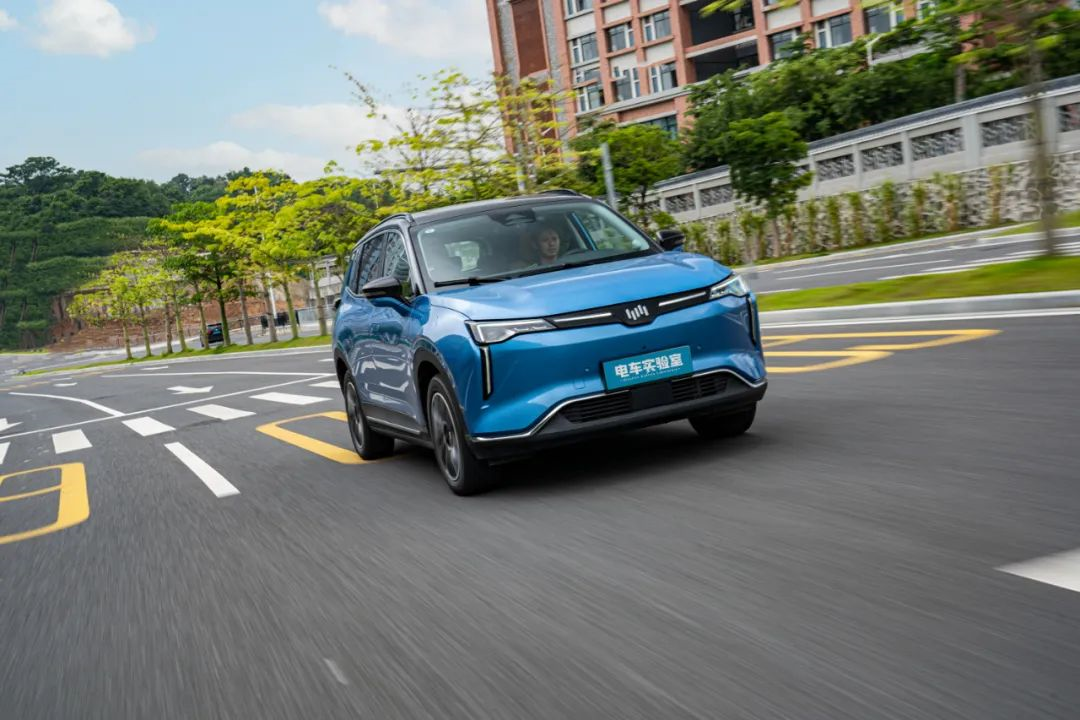
The WM W6 boasts a maximum power of 218PS, while the actual measured 0-100km/h acceleration only takes 7.9 seconds. To give a comparison, the Honda CR-V takes 9.4 seconds, which is not just a little bit slower. In addition, thanks to the advantages of electric vehicles, the WM W6 has excellent performance in terms of driving quietness, while Honda, which is famous for “buying a car with an engine and getting a car”, still hopes for better noise insulation.
Conclusion
Going back to the question at the beginning, “which is better, a gas car or an electric car for a 200,000 RMB SUV?”, to be honest, before the comparison, I thought the experienced Honda CR-V would have a slight advantage. But only after this comparison experience, did I realize that times have indeed changed. The WM W6 is not inferior to the Honda CR-V, for example, the WM smart experience, whether it’s smart voice control, AVP automatic parking, Living Pilot intelligent driving assistance system, or the entertainment and full-domain OTA interaction of the vehicle, as well as the various possibilities of SOA programming, all of which are better than the configuration of the CR-V.
Especially for the new generation of consumers, traditional models like the Honda CR-V have not yet been able to get rid of the burden of brand premium, and the fact that their technology is mediocre. The halo of the “magic car” may no longer apply to the mainstream market. In contrast, the WM W6’s product advantages are further amplified. From the perspective of consumers, its rich intelligent driving experience, affordable driving costs and quality after-sales service are enough to prove that the WM W6 is a practical, easy to use and practical product.
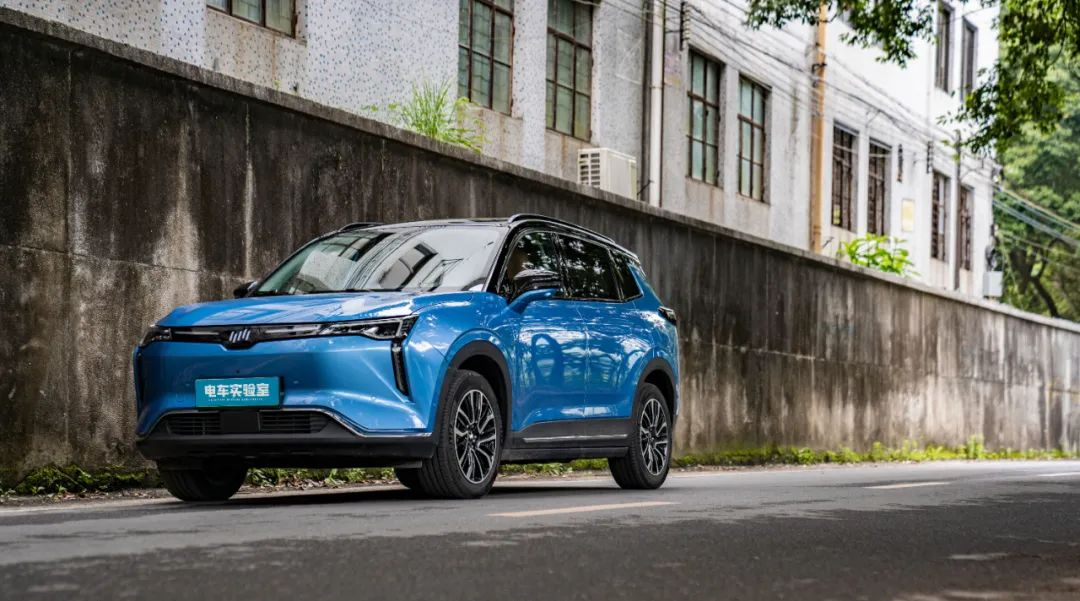
So, are you in favor of the WM W6, which has low operating costs and is far ahead in intelligent configuration, or do you choose the experienced Honda CR-V? Welcome to join the electric car laboratory fan group for further discussion!
This article is a translation by ChatGPT of a Chinese report from 42HOW. If you have any questions about it, please email bd@42how.com.